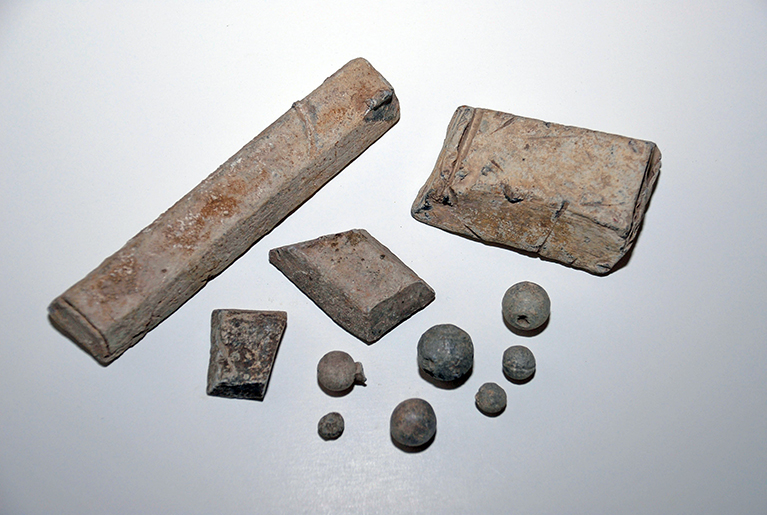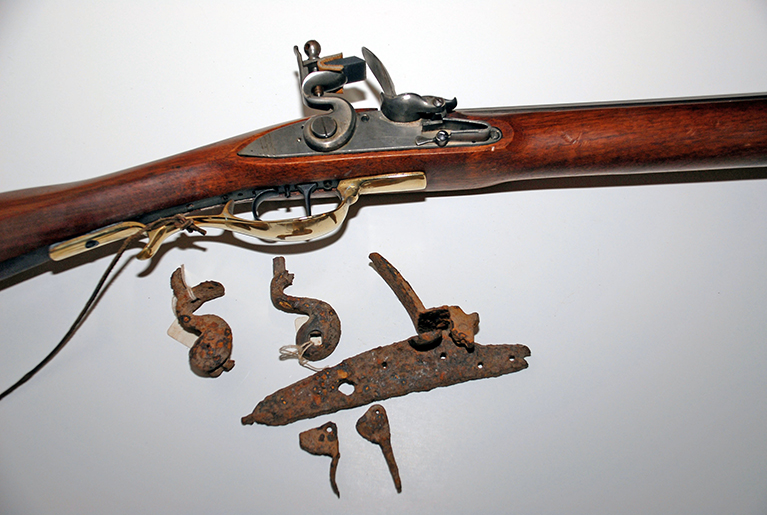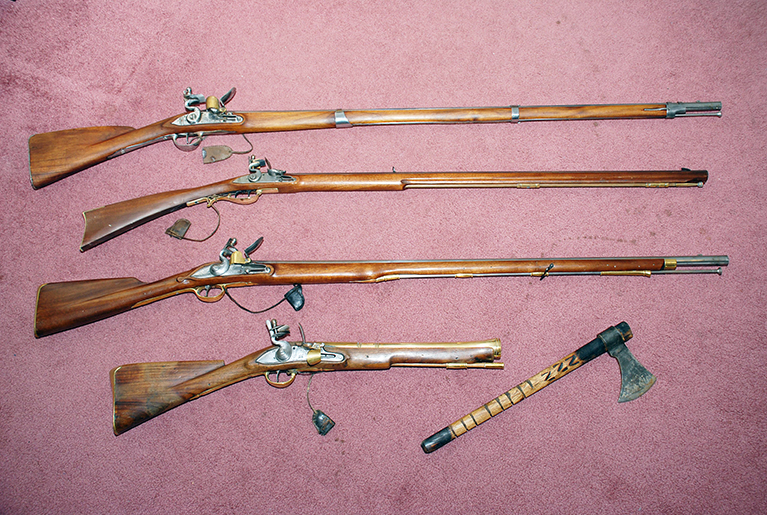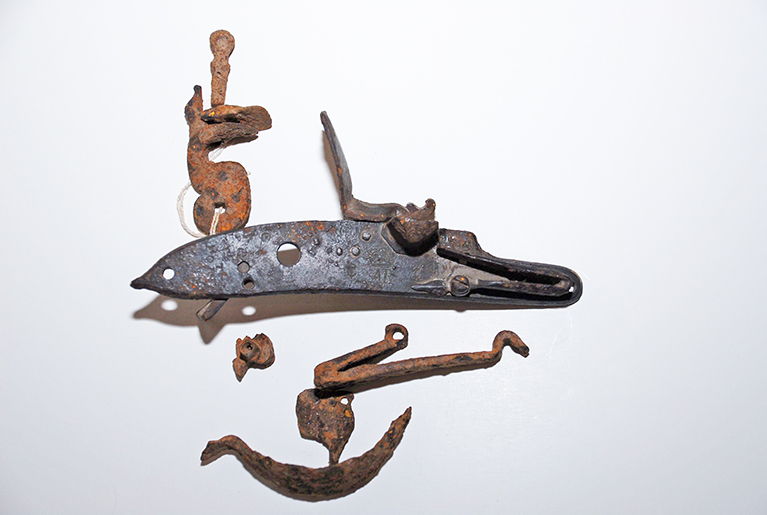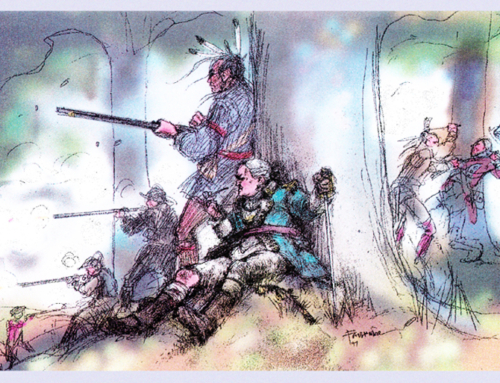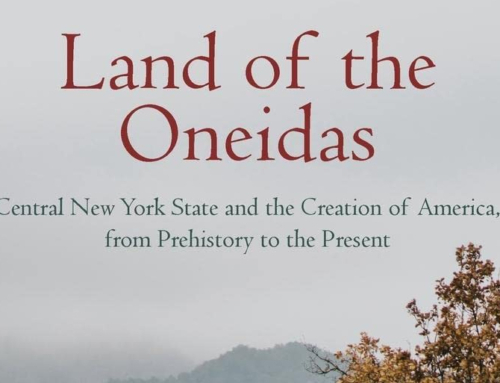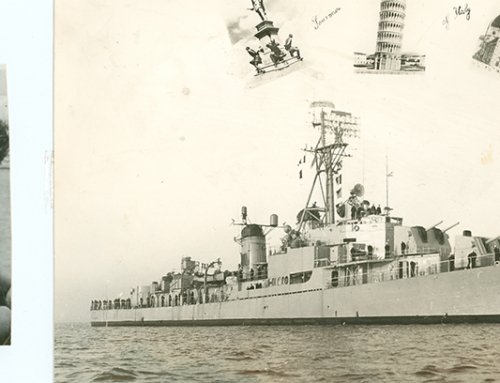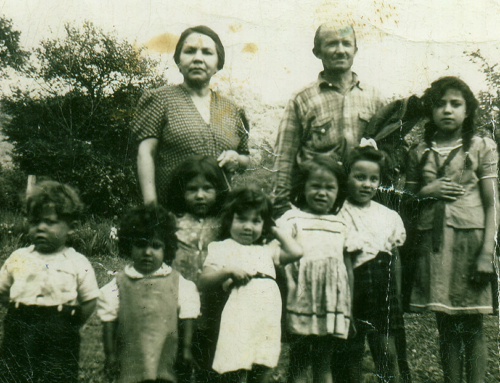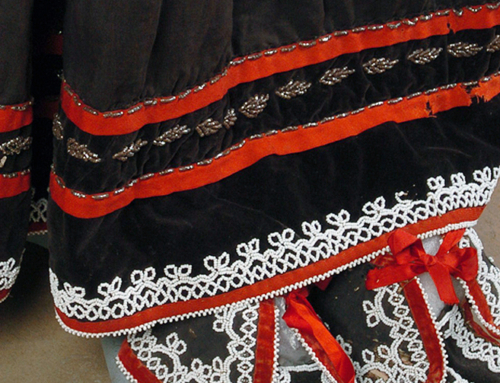The ancestral homelands of the Oneida Indian Nation encompassed millions of acres. Flourishing villages dotted this enormous swath of territory where a vibrant lifestyle existed. Today, thanks to its own discoveries through archaeological digs, as well as the findings of others, the Oneida people are reclaiming artifacts that help to tell the story of their ancestors.
Ten years ago in 2008, the Nation purchased items excavated from the sites of four previous Oneida villages circa 1600 to 1680, including one referred to as the Sullivan site. The artifacts run the gamut from flint locks to lead ingots that were excavated in 1971-72 by a private collector from whom the Nation purchased the articles. Numerous musket balls were found at the site, as were pieces of flintlock guns, including lock parts. Scissors, knives and other metal gun parts were among the first installment of artifacts accepted from the collector. In total, hundreds of items were included in the two-part purchase.
The second installment yielded a plethora of items from three sites, including arrowheads and an exquisite effigy-adorned bone comb, a testimony to the skill of the carver. Myriad Jesuit and additional contact-period rings are included in the collection, as well as clan effigies, an eagle effigy, and shell, glass and wampum necklaces. Five pipes – three Oneida pottery, one with a corn effigy applied to its bowl, and two European – are among the treasures in the collection. Deer bone fashioned into fish hooks, tools and spoons, and small brass discs used to embellish clothing also are part of the trove.
“The importance of these artifacts is they are tangible, bringing our history and culture to life,” said Brian Patterson, Bear Clan Member of the Nation’s Council, who was instrumental in the purchase of the items. “The artifacts are more than a myth, more than a legend. They tell the story of a lifestyle, giving us an idea of what life was like for our people.”


